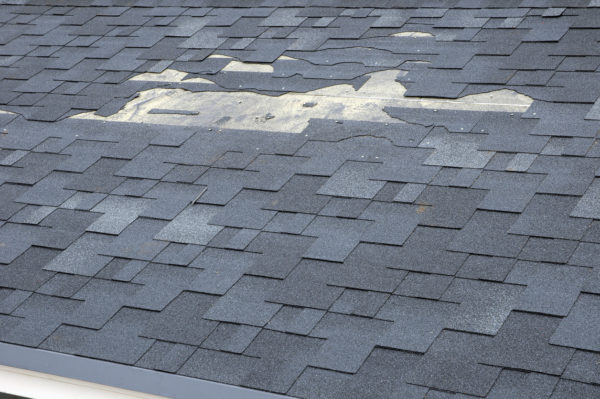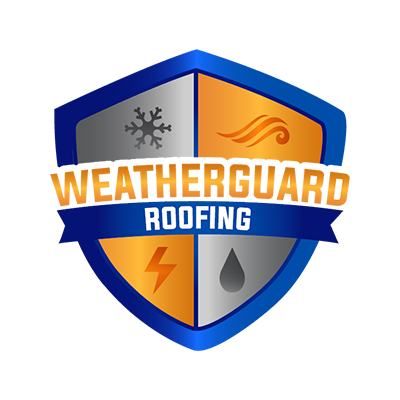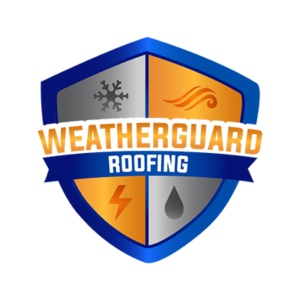How to Spot Roof Damage After A Hail Storm

Spring and summer bring warmer weather, and warmer weather means more storms. Although the types of hail storms that cause major damage are rare, when they do occur, dealing with the aftermath can be time-consuming. Before contacting your homeowners insurance provider and finding a qualified roofing company, you’ll need to assess your roof for damage. Here’s where to start.
How Does Hail Damage a Roof?
Most hail is so small that your biggest worry is a lousy commute home from work or bruised plants in your garden, but hail that’s the size of a quarter can damage your roof, siding, and windows. As the size of hail gets larger, the damage it causes becomes more significant. That said, sometimes smaller hail can be more devastating, as the damage from large hail is easier to identify and more likely to be addressed right away. When damage from small hailstones is missed, it can be the start of a more serious roofing issue.
Here are some of the most common types of damage caused by hail storms:
- Missing shingles – This typically occurs because hail is often accompanied by strong winds.
- Granule loss – Granules give shingles their texture and protect the asphalt coating from the elements. Hail can wear away the granules, leaving your roof unprotected and more vulnerable to wear and tear caused by normal weather.
- Cracked shingles – Large hail, or even smaller hail that is being blown at high speeds, can cause shingles to crack upon impact. These cracks can turn into bare spots over time, leaving your roof without protection.
- Fiberglass mat issues – The fiberglass mat under your shingles can become exposed when impact from hail shatters the surfacing on a shingle, or it may become fractured if the impact is not as forceful, which leads to cracks and tears over time.
- Weak self-seal strip – Hail storms can create weakness in shingles’ seal integrity. When the seals are weak, it makes it easier for shingles to become loose and blow away in subsequent storms.
What Does Hail Damage Look Like on a Roof?
Severe damage is easy to spot at a glance, but it takes careful examination to find some of the more subtle damage. Look for black spots on the shingles where hail has hit, exposed roof felt where granules have been lost, mat or asphalt that shines when the sun hits it, and areas of impact that feel soft when you touch them. Wooden shingles are likely to have splits, dents, and impact marks.
We highly recommend having your homeowners insurance provider or one of our trained professionals come out to inspect your roof after a hail storm. Even if you’re comfortable climbing onto your roof to take a look yourself, hail damage can be difficult to identify without training and experience.
You can safely assess for damage on the ground by walking around the perimeter of your home and looking carefully for the issues described above. Depending on the style of home you have, you may also be able to get a closer look at your roof from a second floor window.
Also keep in mind that if you have damage to your siding, gutters, downspouts, and other areas of your home, it’s very likely that you have damage to your roof as well. In these cases, even if you cannot identify any roof damage from the ground, it makes sense to have a professional inspection.
Schedule a Roof Inspection Today
If you think your roof may have suffered damage from a hail storm, contact Weatherguard Roofing today to schedule an inspection.

